The Forbidden City, a magnificent complex of buildings in the heart of China’s capital, Beijing, a royal palace steeped in history and culture that now welcomes visitors from around the world under its new identity as the Palace Museum.
Dating back to the fourth year of the Yongle period of the Ming Dynasty, in 1406 AD, the construction of the Forbidden City began, with its design inspired by the Nanjing Imperial Palace. After fourteen years of meticulous construction, the spectacular palace complex was finally completed in the 18th year of the Yongle era, 1420. In the centuries that followed, it served as the residence of twenty-four emperors of the Ming and Qing dynasties, witnessing countless historical moments.
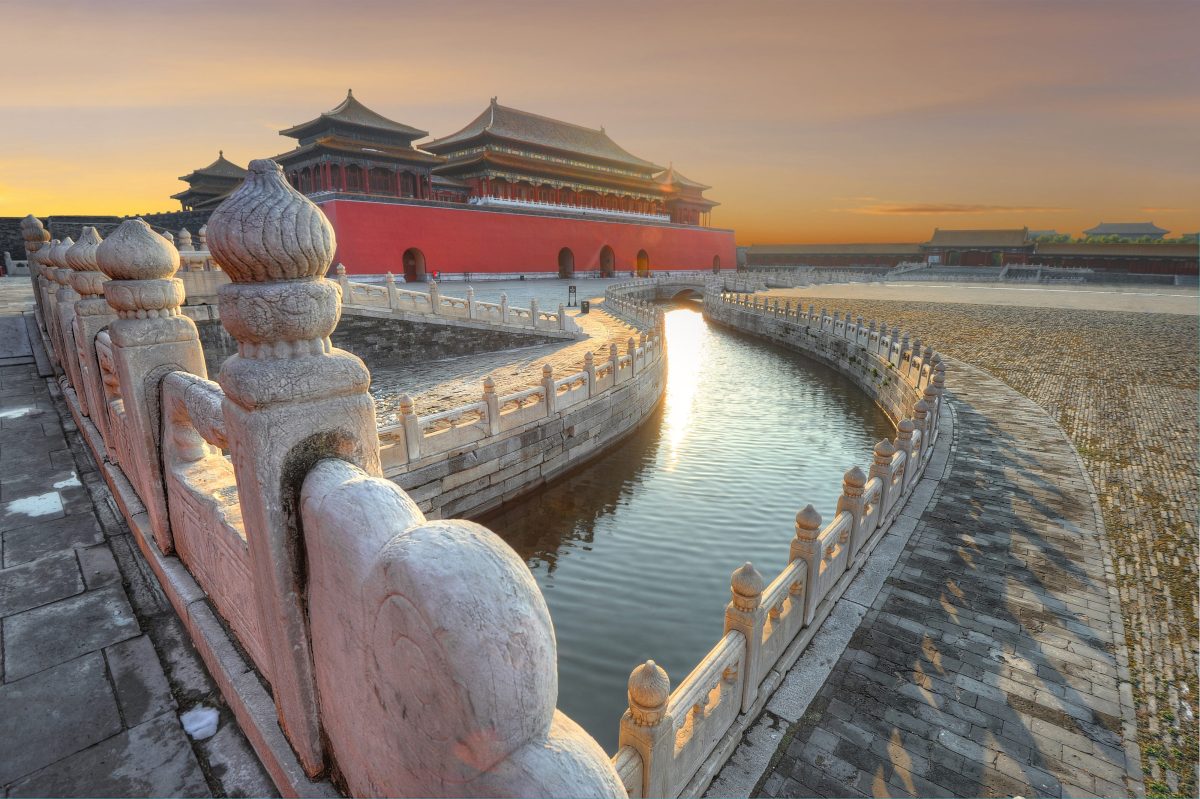
On October 10, 1925, the National Day of the 14th year of the Republic of China, the Forbidden City Museum was officially established and opened its doors to the public, which not only brought this ancient palace back to life, but also became an invaluable window for exploring China’s long history and culture.
The Forbidden City covers a vast area of about 720,000 square meters, while the building area is also about 150,000 square meters. More than seventy palaces of various sizes and more than 9,000 houses stand on this land. The three core palaces, the Hall of Supreme Harmony, the Hall of Central Harmony, and the Hall of Preservation of Harmony, are the main axes, supplemented by the Hall of Wenhua and the Hall of Wuying, which form the outer court area. The inner part of the court is centered on the Qianqing Palace, Jiaotai Hall and Kunning Palace, which are collectively known as the “three palaces”, the main palace area where the emperor and the empress lived. And the Imperial Garden, is quietly located after the three palaces, adding a touch of tranquility and greenery for the palace life.
The architectural style of the Forbidden City is unique in that its roof style strictly follows the ancient Chinese hierarchy. For example, the Hall of Supreme Harmony adopts a solemn and majestic heavy-eaved hipped roof, while the Hall of Bohol has a heavy-eaved hipped roof. The ridge beasts on the roofs are not only beautiful, but also signify good luck, guarding this ancient palace. In addition, the number and arrangement of studs on the palace doors are also a reflection of the hierarchy.
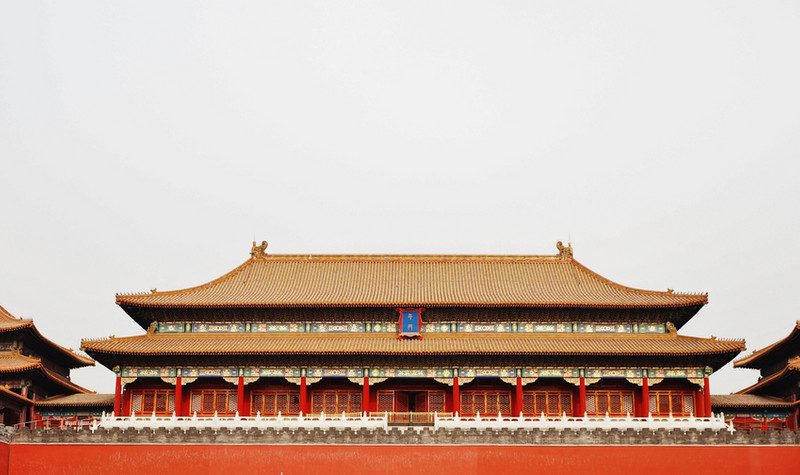
The main gate of the Forbidden City – the Noon Gate, whose name implies that the sun shines at noon. Up to 10 meters high on the wall, five majestic pavilions towering, roof eaves and corners, viewed from afar, like five wings of the phoenix, so the Noon Gate also has a “five phoenix building” reputation.
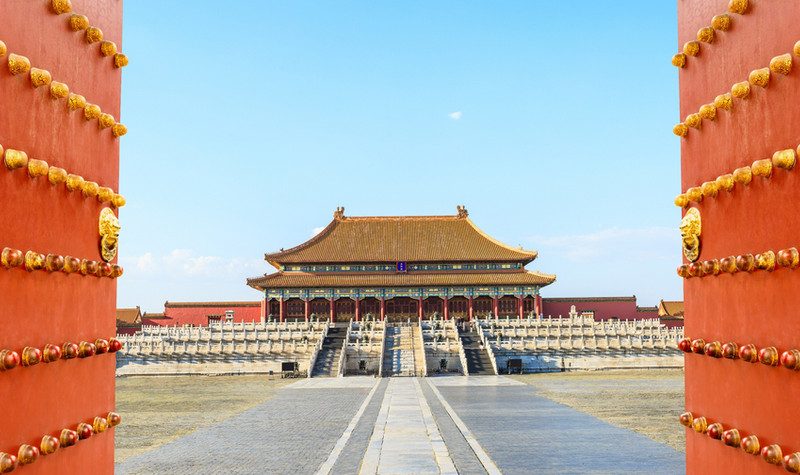
Hall of Supreme Harmony, as the Forbidden City in the supreme building, only in the emperor held major celebrations, symbolizing the supremacy of imperial power. Throughout history, a total of 24 emperors have ascended to the throne here and issued edicts of accession. Whether it is New Year’s Day, the winter solstice, the emperor’s birthday, or important moments such as the enthronement of the empress or the promulgation of decrees, the emperor would be here to accept the congratulations of the civil and military officials. Inside the Hall of Supreme Harmony, the golden dragon chair is carved with dragons and painted with phoenixes, showing the luxury and majesty of the royal family.
Located between the Hall of Supreme Harmony and the Hall of Preservation of Harmony, the Hall of Central Harmony was the place where the emperor took a rest before going to the Hall of Supreme Harmony. Its architectural style is exquisite and elegant, and every detail is marvelous.
The Hall of Preservation of Harmony, on the other hand, was the place where the emperor held his imperial examinations and entertained princes and nobles. The alabaster steps in front of the hall are beautifully carved, making it an ideal place for tourists to take photos.
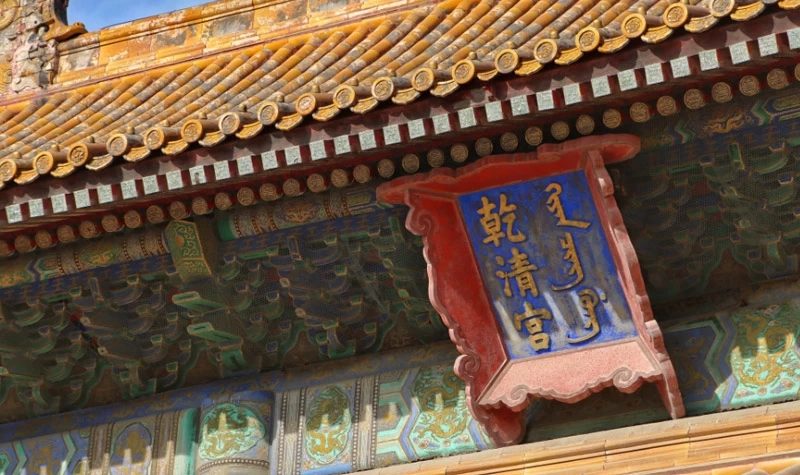
The Qianqing Palace, the daily residence and office of the Emperor in the Forbidden City, is divided into the Middle Hall, East Warm Pavilion and West Warm Pavilion. The Middle Hall is the place where the emperor handled political affairs and received ministers, and in the center hangs the plaque of “Great Light”, which was the philosophy of the Qing Emperor. East and West Warm Pavilion is the emperor’s bedchamber.
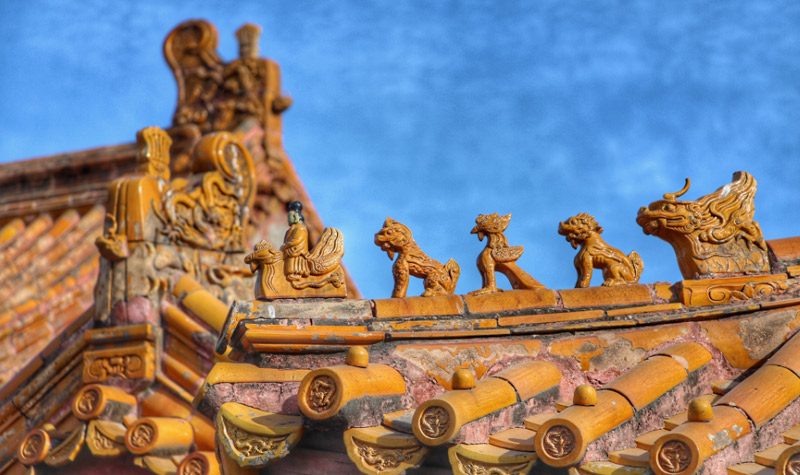
The eastern part of the Forbidden City is also hidden treasures and clocks Museum, where there are countless royal treasures and exquisite clocks, not only shows the royal luxury life, but also reflects the ancient Chinese craftsmanship.
The Yangxin Hall is another important place where the emperor lived and handled political affairs, while the Cuxiu Palace was the former residence of the Empress Dowager Cixi. The lavish decorations and exquisite layout of these palaces make people curious about the mystery and extravagance of the harem.
The Forbidden City, an ancient and mysterious palace, is telling the story of China’s long history and culture in its own unique way, waiting for every visitor to listen and feel.
